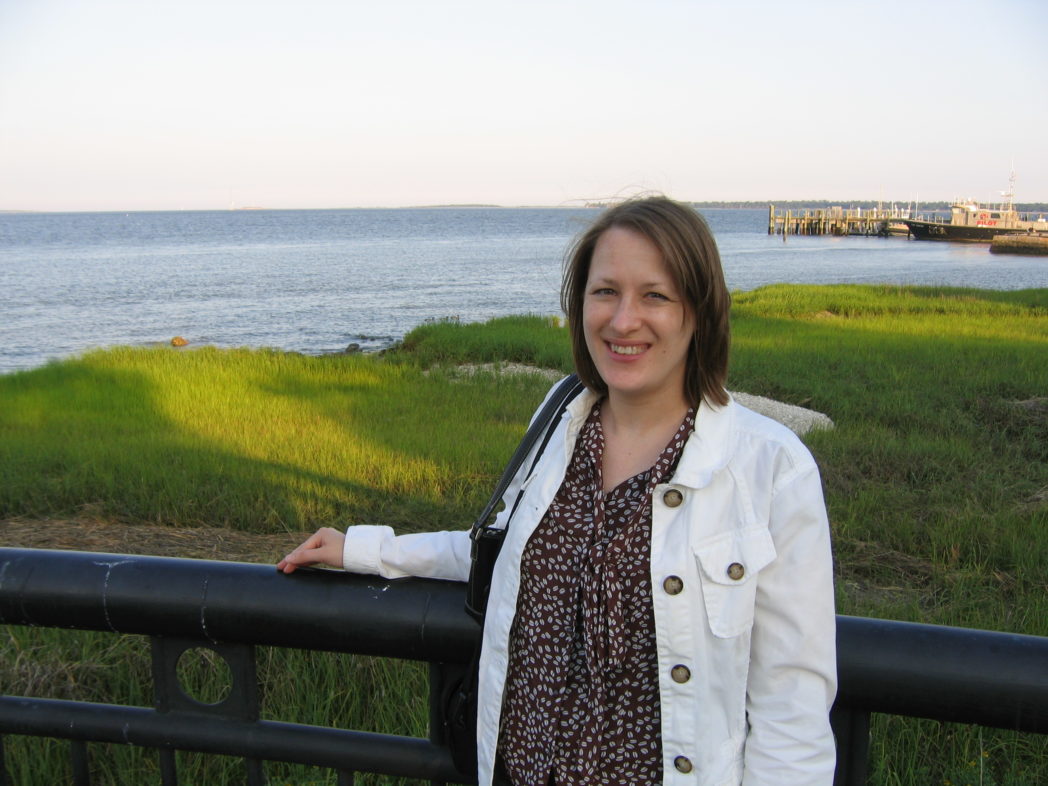Plant blindness: Have you hugged a wildflower today?
By Loraine O’Connell
When was the last time you read a bedtime story about Morning glories to your kids? Or bought them a cuddly stuffed plant? If you’re a typical 21st century individual, the answer is “never.” Plant stories and toys aren’t wildly popular because most people today suffer from plant blindness, an inability to notice the myriad plants in our environment.
Schussler is the keynote speaker for the Florida Wildflower Symposium April 27-28, 2018, in Orlando. Her presentation is titled “Helping People See Plants in a Plant Blind World.” The term was coined 17 years ago by Dr. Elisabeth Schussler and the late Dr. James Wandersee, her mentor at Louisiana State University.
A botanist by training, Schussler conducted research on plant blindness between 2005 and 2009 while teaching at Miami University in Ohio. Her research revealed that people don’t “see” plants the way they do animals and other environmental features, a troubling finding given that plants absorb CO2, sequester carbon and provide oxygen.

The ramifications are profound in a time of changing climate and other environmental problems, Schussler says.
“We have so much more funding for saving animals than we do plants,” she says, “yet plants are the basis of the habitat the animals need to survive.”
Plant blindness in the modern world
Evidence of plant blindness had been documented as far back as the 1980s and ‘90s, she says.
“It had always been in the literature that people can’t put a name on a plant the way they can on an animal,” Schussler says. “There was less in textbooks about plants than about animals.”
In the late ‘90s, as a doctoral student in LSU’s plant biology program, Schussler took a class called “teaching about plants” with Jim Wandersee.
“Jim was very interested in cognition and how the brain actually sees images of the world,” she recalls. “He knew that the way our brains work is that they receive tons of visual information and sort it for priority. His idea was that plants get sorted out.”
Cultural factors played a role in our plant blindness as well.
“My guess is that when we lived off the land more and had to collect and grow our own plants for survival, we could name plants,” Schussler says. “The anthropological literature documents that people who live [in isolated communities] can name plants to a much larger extent than we can in modern society.”
In her keynote presentation, Schussler will discuss her and Wandersee’s hypothesis that plant blindness is a way we filter information.
“A few studies support the fact that it’s something unconscious that happens in our brains,” she says.
Other topics will include the results of plant blindness and suggestions to counteract it.
The first step in reversing plant blindness, she says, is making people aware of it.
“When you point it out to people, they’re immediately struck by how true it is,” Schussler says. “I don’t think they can walk around and see the world the same after that, because they’ve been made aware that they’re ignoring this entire group of organisms that are dominant in the landscape.”
